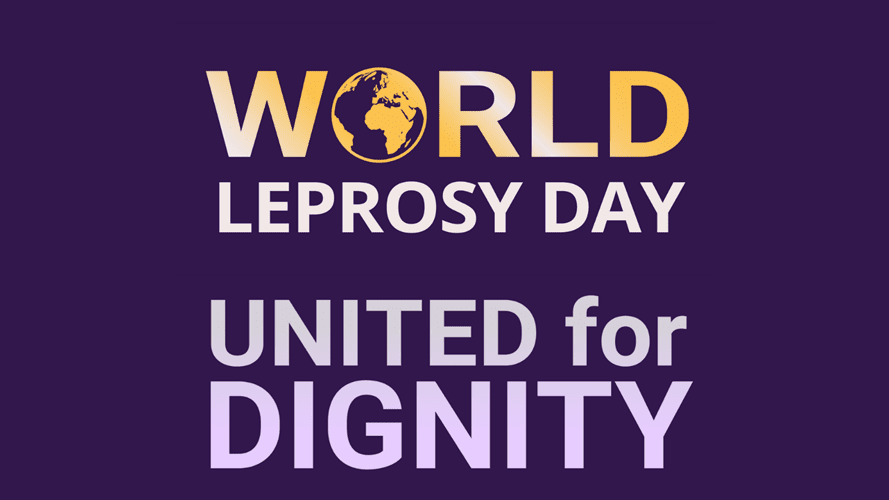World Leprosy Day and its Significance

World Leprosy Day is observed every last Sunday of January. This year, the falls Sunday 30 January. It aims to lift up the voices of people affected by leprosy throughout the world. It is contagious disease caused by slow-growing bacterium known as Mycobacterium leprae. It is difficult to catch, and it can take many years to develop symptoms of the disease following an infection. However, people who catch the disease can easily be cured with antibiotics.
In addition to the observance of World Leprosy Day, there are other days which are thematic and relevant to the day. World Neglected Tropical Diseases Day is observed on 30 January. In 2022, both days fall on 30 January.
Theme of World Leprosy Day 2022
World Leprosy Day aims to lift up the voices of people affected by leprosy throughout the world.
This year’s theme for World Leprosy Day (2022) is ‘United for Dignity.’ The campaign honours the lived experiences of individuals who have experienced leprosy by 1) sharing their empowering stories and 2) advocating for mental wellbeing and the right to a dignified life free from disease-related stigma. The key messages are:
- Together we can lift up every voice and honour the experiences of people who have experienced leprosy.
- People who experience leprosy face mental wellbeing challenges due to stigma, discrimination, and isolation.
- People who experience leprosy have the right to a dignified life free from disease-related stigma and discrimination.
Quick facts about Leprosy
Here are some facts about people who are suffering from the disease.
- The number of new cases reported globally to World Health Organization (WHO)external icon in 2019 was more than 200,000.
- Close to 15,000 children were diagnosed with Hansen’s disease (Leprosy) in 2019, more than 40 a day.
- An estimated 2 to 3 million people are living with Hansen’s disease-related disabilities globally.
- In 2019, the countries with the highest number of new diagnoses were India, Brazil, and Indonesia.
- Over half of all new cases of Hansen’s disease are diagnosed in India, which remains home to a third of the world’s poor, a group disproportionately affected by the disease.
- Leprosy is curable with a combination of antibiotics known as Multi Drug Therapy (MDT). This treatment is available for free across the world. If leprosy is not treated, it can lead to serious complications.
- Leprosy is at least 4,000 years old, making it one of the oldest diseases known to humanity. However, we believe we can be the generation that finally ends the transmission of leprosy – The World target is zero transmission by 2035.
- It costs £24 to find and treat someone with leprosy. You can donate to various organisation supporting the cause.
History of World Leprosy Day
This date was chosen by French humanitarian, Raoul Follereau as a tribute to the life of Mahatma Gandhi, who did much work with persons affected by leprosy and died at the end of January in 1948.
Established in 1954 by French philanthropist Raoul Follereau, it aims to raise awareness about leprosy (now called Hansen’s disease) and teach people about this ancient disease that is easily curable today. Many people around the world continue to suffer from this curable disease due to lack of access to basic medical care and continued stigma surrounding the illness.
Read Also: Why that cigarette, chocolate bar, or new handbag feels so good: how pleasure affects our brain
Observer Voice is the one stop site for National, International news, Sports, Editor’s Choice, Art/culture contents, Quotes and much more. We also cover historical contents. Historical contents includes World History, Indian History, and what happened today. The website also covers Entertainment across the India and World.

